Several regions in China have reported a rise in new births during the first half of the year, driven by pent-up demand to have children following the COVID-19 pandemic and the auspicious Year of the Dragon. However, experts caution that the increase is likely a short-term "episode" and that reversing the long-term decline in births will require more robust policy support.
In Guangdong province, the number of births rose by 1.4 percent year-on-year during the first six months, according to Liu Fenghua, deputy head of Guangdong Women and Children Hospital.
Liu told the Yangcheng Evening News that the increase was fueled by China's 2021 policy allowing couples to have up to three children, as well as the cultural significance of the Year of the Dragon, which symbolizes success, wealth and good fortune.
"The increase may indicate a temporary easing of the downward trend in new births," Liu said.
In Qingdao, Shandong province, the number of births rose by 5.93 percent year-on-year, reaching 22,669 in the first half of this year. Du Weiping, a senior official with the city's health commission, told a local television program that the number of newborns in Qingdao is expected to see a slight increase or remain stable throughout the year.
He attributed the growth to an uptick in the number of women of childbearing age, pro-birth government policies and the preference for children born in the Year of the Dragon. However, Du predicted that the number of newborns would remain low over the next few years.
In Baoji, Shaanxi province, the number of newborns in five surveyed hospitals and medical institutions increased by 10.7 percent year-on-year during the first half of the year, according to the city's bureau of statistics. Officials said the baby boom was driven by the end of the COVID-19 pandemic, which had previously discouraged some couples from having children due to health concerns. The Year of the Dragon and supportive government policies also played a role in the surge.
Despite these localized increases, the National Bureau of Statistics reported a long-term decline in births. The number of newborns peaked at 17.86 million in 2016 but has fallen each year since, reaching just 9.02 million last year. The country's overall population has also declined for a second consecutive year, dropping by more than 2 million from 2022.
In response, local governments have introduced various incentives, including tax breaks and childcare subsidies, to encourage more births. However, experts warn that these measures are insufficient to reverse the country's demographic trends.
Yuan Xin, professor at Nankai University's School of Economics and vice-president of the China Population Association, emphasized that the current uptick in births is temporary and cannot halt the long-term decline. He pointed out that after China lifted most COVID-19 restrictions in late 2022, many couples who had postponed having children during the pandemic decided to have babies the next year, leading to the increase observed in early 2024.
"However, the number of women of childbearing age will continue to decline, while the country's overall birthrate is unlikely to rise. The downward trend in newborns will persist," Yuan said, adding that it will take time for pro-birth policies to have a significant impact. He suggested that more substantial government measures will be needed to address the ongoing population decline.











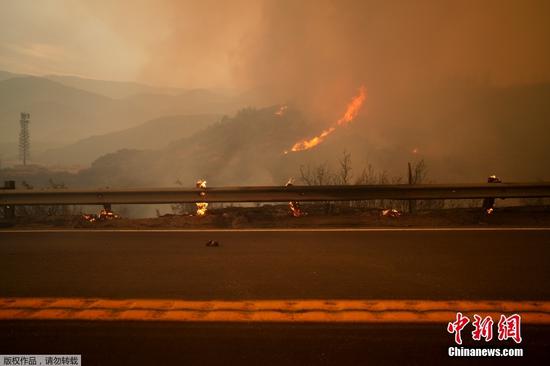
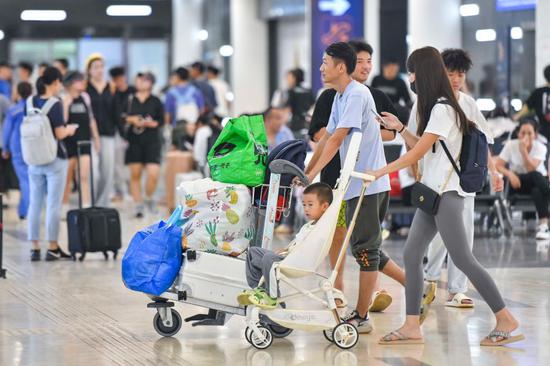



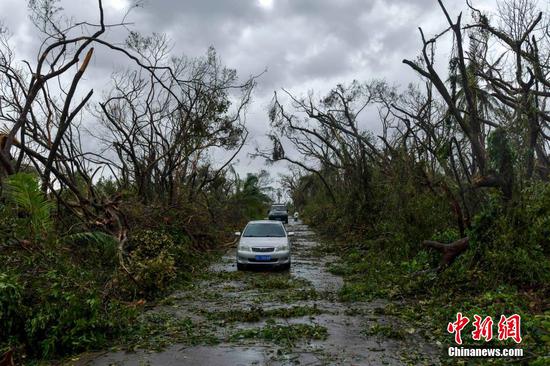


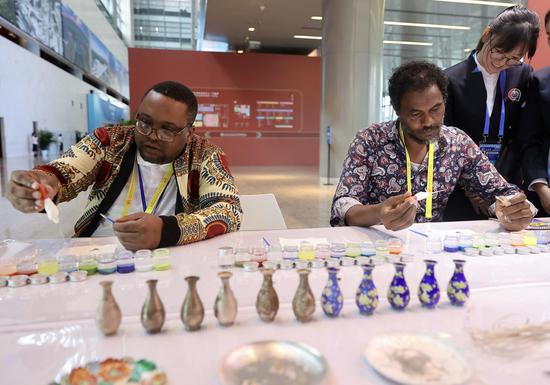













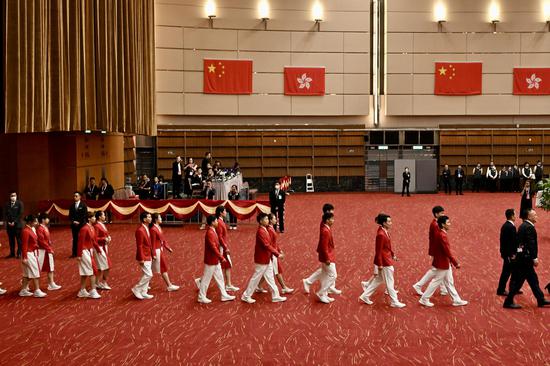
















 京公网安备 11010202009201号
京公网安备 11010202009201号